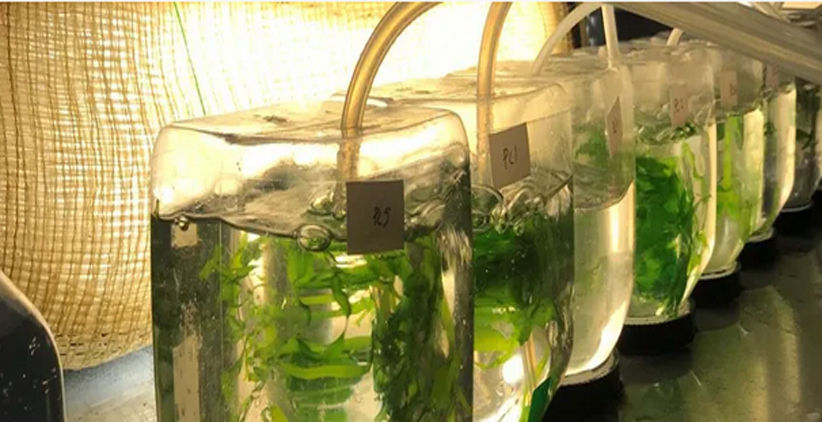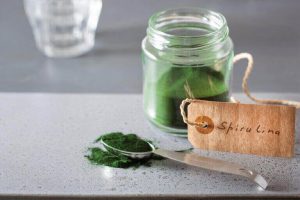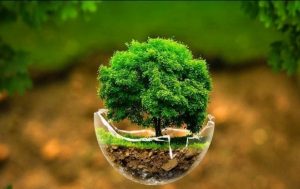10 golden tips
Home cultivation of spirulina algae
Some points that seem very simple to the extent that they may not be seen at all can be very effective in business and especially in the production sector, points that are ignored due to their smallness. Therefore, the Pars Algae Dream team intends to provide some key tips for planting and harvesting spirulina algae in this section.
Contact us for more information and advice.
Point 1:
Fluctuating temperature: when the temperature fluctuates when only a part of the tank is filled, and before you learn how to use the heater. A temperature above 39 degrees Celsius will destroy the algae in a few hours.
Using a thermometer, check the temperature of the tank, especially around noon on sunny days, when the sun can heat up your tank a lot. Be sure to do this in spring and early summer, when the solar heat can exceed the vital threshold of 39 degrees Celsius. During the day, the best temperature is around 29 to 36 degrees Celsius. It is acceptable to use a heater if the sun does not reach this temperature. In general, at higher temperatures in the range
36 degrees Celsius, you will see more growth. However, if the sun raises the temperature of the crop above this temperature, it can be dangerous. If the temperature drops, turn on the heater and leave it at 30 degrees Celsius at night.
The temperature between 15 and 29 degrees Celsius does not harm the algae, but it slows down their growth. If you want to stop your cultivation for a while, this temperature is suitable.
Point 2:
Water levels: Pay attention to the water level. If it has a significant decrease, add fresh water without the mixture of nutrients to compensate for the evaporated surface and the water surface remains constant. If you cover the tank properly, you should not do this more than once a week. Your culture will gradually become very thin and light green in color, and will gradually become denser and darker. This stage can take several weeks. If you check the pH at this stage, you will see that it is around 5.8 and slowly increasing.
Point 3:
Cultivation density: When the cultivation density increases and turns dark green, it is the time of multiplication. Add enough fresh culture medium to double the volume of the culture. To double a 40-liter tank, this amount is equal to 10 liters of water, 15 tablespoons of nutrient mixture, and 2 milliliters of iron salts. For containers with other sizes, use the same method for every 10 liters of water until your volume doubles. Adjust the position of the heater so that it is in the upper half of the water level. Mark the water level again, so you can keep it constant by adding fresh water to compensate for evaporation. Wait for the crop to thicken again, then double it again. Continue this process until the tank is full.

Point 4:
Contaminated product: Contaminated spirulina and its spread to other types of algae that may produce contaminated toxins can be dangerous. A tank with a suitable cover, a suitable cultivation environment and a high pH will easily keep dangerous species away from your tank. However, it is recommended to use a microscope for direct observation of the culture. In this way, you can check the health of the crop (by counting the number of spirals in each thread) and see any strange algae. Beware of anything that is green but not shaped like spirulina. You can also see small pieces of spirulina spiral. There is no problem with a small number, but if their number increases, it may be a sign that something in your system (pumps, bubbler, etc.) has broken the spiral, which is not good at all. There are different types of microscopes for looking at culture, some more suitable than others. The most important point is magnification. The magnification you need is at least 100x, but 400x is much better. The magnification is equal to the magnification of the eyepiece lens in the magnification of the object. If the pH level is below 10, do not remove it. The pH level around 8.5 is suitable for the environment of fresh cultivation, after that it increases rapidly and reaches 10 and more within a month. The increase of pH should not be continued after that, but we only stop it slowly after reaching +10. If it reaches 11 or higher, we will get better growth in the environment.
Tip 5:
The amount of pH and how to check it: acidity or pH is an indicator of the balance between acidity and the state of play in water. The lower the pH level, the more acidic the water is and the higher it is, the more alkaline it will be. pH 7 means neutral state, that is, the balance between acid and base is restored. Many biochemical reactions depend on the intensity of pH; Therefore, all living things have a limited pH range in which they can live. Spirulina is able to grow at a pH above 11 or even higher. Very few organisms can grow at a pH above 10, so keep your culture at a pH above 10, which will keep your culture away from potentially harmful organisms.
Key points of harvesting the produced spirulina algae
Point 6:
When the tank is full, the density is high and the pH is equal to or greater than 10, the algae culture is ready to be harvested. There are many ways to harvest algae. The main point is to simply filter the culture through a good filter and return the filtered water to the culture. After harvesting the algae, add compensatory nutrients to the amount of spirulina harvested. Spirulina is harvested in this way and it is ready to eat!
Point 7:
A way to remove water from the tank: removing the culture from the tank can be done using a pipe or a simple pump. You should be able to control the speed of the pump, so that the filter does not overflow.
Point 8:
The right filter: all that is needed to harvest the spirulina spiral is a filter with 50 micron openings. A mesh or coffee filter will also be somewhat effective, but they are very difficult to clean and will end up trapping your precious blue-green algae. The easiest and cheapest way is to use 300 mesh nylon sheets for printing. This type of filter is easy to clean and can be used hundreds of times. It can be used in the form of a cone or a sewn sock to speed up and facilitate the process. Re-introducing the filtered culture to the tank can be done by simply pouring a bucket into the tank or by simply filtering the tank to kill the filter. Simply enter the tank again.
Tip 9:
Preparation of compensatory nutrients for harvested spirulina: As spiral spirulina grows, it absorbs nutrients from the environment. After harvesting, it is necessary to add new nutrients to the cultivation environment.
Tip 10:
A way to remove the remaining water: if you use a simple cloth to harvest, squeeze the harvested algae. This work can be done easily if the fabric is removable. Many manufacturers use a large sieve to hold the fabric, which eliminates the need for a clamp.
The things mentioned in this section are only part of the necessary and sensitive points in the production process of spirulina algae. It is obvious that if you do not intend to produce spirulina algae industrially and you just want to produce it at home and earn money, it is necessary to Make up for not having industrial equipment by knowing the golden tips.
Raya Algab Pars is ready to cooperate with those interested in the production and cultivation of spirulina algae both industrially and at home.










